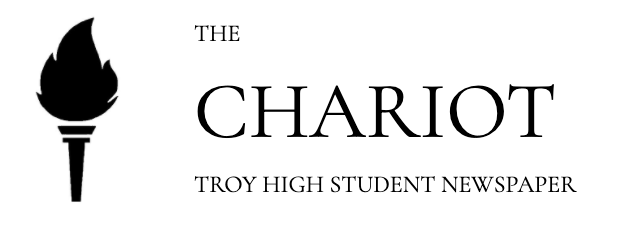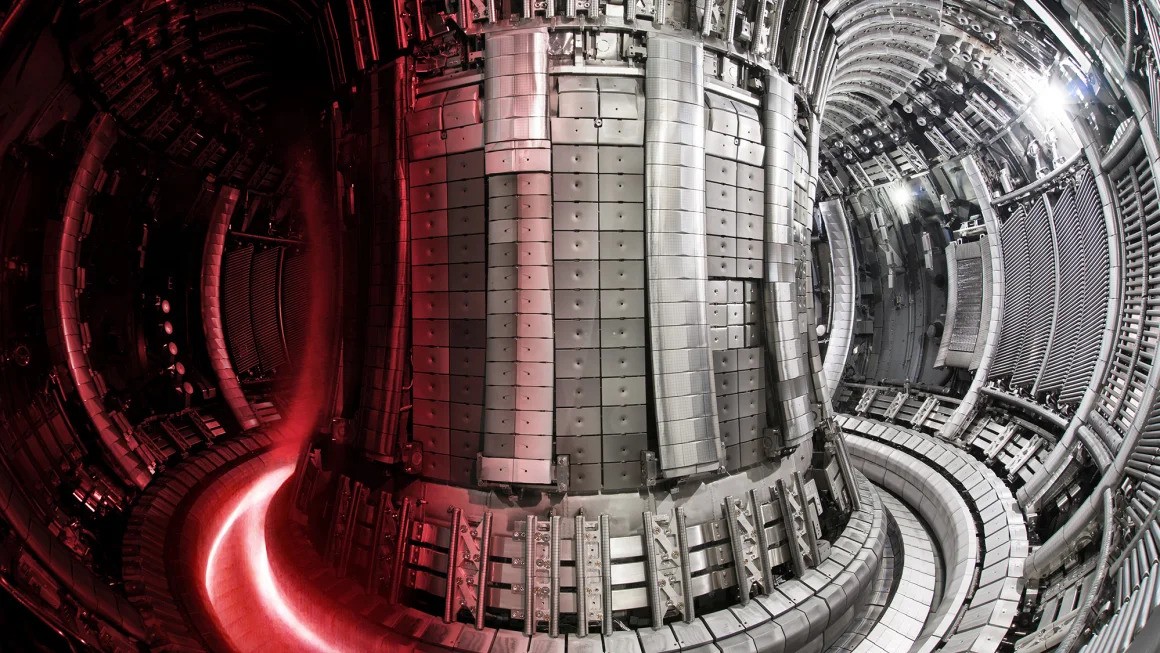As scientists worldwide work to discover sustainable energy sources, a new nuclear fusion energy record was set on Feb. 8, 2024 by the United Kingdom-based Joint European Torus laboratory when scientists and engineers produced 69 megajoules of energy over five seconds with just 0.2 milligrams of fuel. This is enough energy to power about 12,000 households for about five seconds.
Nuclear fusion reactions are what power the sun and stars, where two light nuclei merge to create a heavier nucleus. This process then releases energy because the total mass of the resulting single nucleus is less than the mass of the two original nuclei. The remaining mass becomes energy, which then can be used as an energy source. Currently, all nuclear energy uses nuclear fission reactions, which are the splitting of the nuclei rather than the merging. This process creates radioactive waste that may remain unstable for up to millions of years, which poses a threat to agriculture, water and human health. Nuclear fusion reactions also produce waste, but they don’t remain radioactive nearly as long as in nuclear fission reactions.
Another difference between the two is that nuclear fusion requires minimal amounts of fuel and is known as the “holy grail of clean energy.” It admits zero carbon that would contribute to global warming occurring. Nuclear power plants, which use nuclear fission reactions, have risks of nuclear accidents such as meltdowns that have and continue to cause devastation to many parts of the world, notably the Fukushima nuclear disaster of 2011 and the Chernobyl disaster of 1986. With nuclear fusion reactors, however, this would not be the case.
According to the International Atomic Energy Agency, plasma produced in nuclear fusion reactors is confined by an external magnetic field, in which are external heating systems that maintain the plasma at high temperatures. Due to the sensitivity of the plasma, even the slightest change in the working configuration in the reactor would cause it to cool down, causing the reactor to come to a stop within seconds, which would have no effects on the outside. For this, nuclear fusion reactors are considered to be much safer than nuclear fission because there is no risk of disasters.
Nuclear fusion reactors would have a tremendous impact on the ongoing climate crisis and greenhouse gas emissions all around the world. However, this technology is still stuck in the drafts, and will not be leaving in time to become a crucial weapon in the fight against global warming. In an interview with CNN, research fellow Aneeqa Khan at the University of Manchester says that “we are still a way off commercial fusion. Building a fusion power plant also has many engineering and materials challenges.”
Even with these challenges, every experiment is bringing the world one step closer to change. By the 2040s, the United Kingdom government hopes to be able to build the world’s first nuclear fusion power plant in Nottinghamshire.
Nuclear fusion reactors aren’t the only weapon against global warming. As scientists research and develop hope for a clean, sustainable future, personal impact on the environment can be reduced. Here are actions to take to help from the United Nations:
- Save energy at home
- Change your home’s source of energy
- Walk, bike or take public transport
- Switch to an electric vehicle
- Consider your travel
- Reduce, reuse, repair and recycle
- Eat more vegetables
- Throw away less food
- Plant native species
- Clean up your environment
- Make your money count
- Speak up


